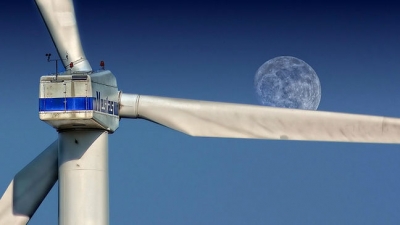"What's more important than attracting foreign investors is that all stakeholders, including the Iranian establishment, the government and the people need to come to the belief that renewables should be prioritized," said Raheleh Ghezel, deputy for the renewables committee of Iran Electrical Industry Syndicate, ILNA reported on Saturday.
"We haven't yet realized the importance of renewables … We comfortably burn our abundant oil and natural gas to generate electricity," she added.
The syndicate is a group of more than 500 companies, including electrical equipment manufacturers, contractors and project advisors, aiming to safeguard and expand the interest of its members, according to Financial Tribune.
The statement comes on the heels of a deal with a British company to build one of the world's largest solar farms in Iran with an investment that could go upwards of $600 million.
Based on the deal, London-Based renewable energy investor Quercus will start building a 600-megawatt solar power project in central Iran in the first half of 2018, which will take over three years.
The solar venture is an important stepping stone in Iran's clean energy program to raise the meager capacity of renewables to 5,000 MW by 2022, the end of its Sixth Five-Year Economic Development Plan.
Ghezel said a lack of competition in an energy market largely dominated by the public sector is holding back the renewable industry.
Noting that in Iran, most enterprises are state-run or state-owned, she said the government has performed well in terms of feed-in tariffs for renewable projects, but that's not enough.
Feed-in tariff is a payment made typically by a public utility company to households or businesses generating their own electricity through the use of renewable or other power generating sources.
The official underlined the clean energy drive as a collective effort whose success goes far beyond a set of rules and regulations.
"It is about the people who have not embraced the idea of solar panels on rooftops yet. Electricity is cheap in Iran and [that is why] there's little interest in any form of energy outside of fossil fuels," said the official.
Rooftop solar power is gaining traction globally, as the costs of manufacturing photovoltaic panels are falling.
Power Grid
However, Iran's expansive but dilapidated electricity network is not yet ready to seamlessly integrate with renewable infrastructure and expecting consumers to embrace a promising technology with weak foundations is arguably a tall order.
"In developed countries, electricity that comes from renewables such as solar is added to the national grid, but that's not the case with Iran as its electricity network … is not smart," he said.
What makes a grid smart is the digital technology that allows for two-way communication between the utility and its customers, and easy connection with renewable energy sources.
All renewable sources, including solar and wind, make up only a fraction of Iran's installed power generating capacity of around 76,000 MW. The country relies on hundreds of mostly aging thermal plants to meet its electricity demand.
"We can create many new jobs in the renewable industry … But the understanding doesn't exist yet. We only make a lot of noise about protecting the environment and promoting renewables," Ghezel said.
eghtesadonline

